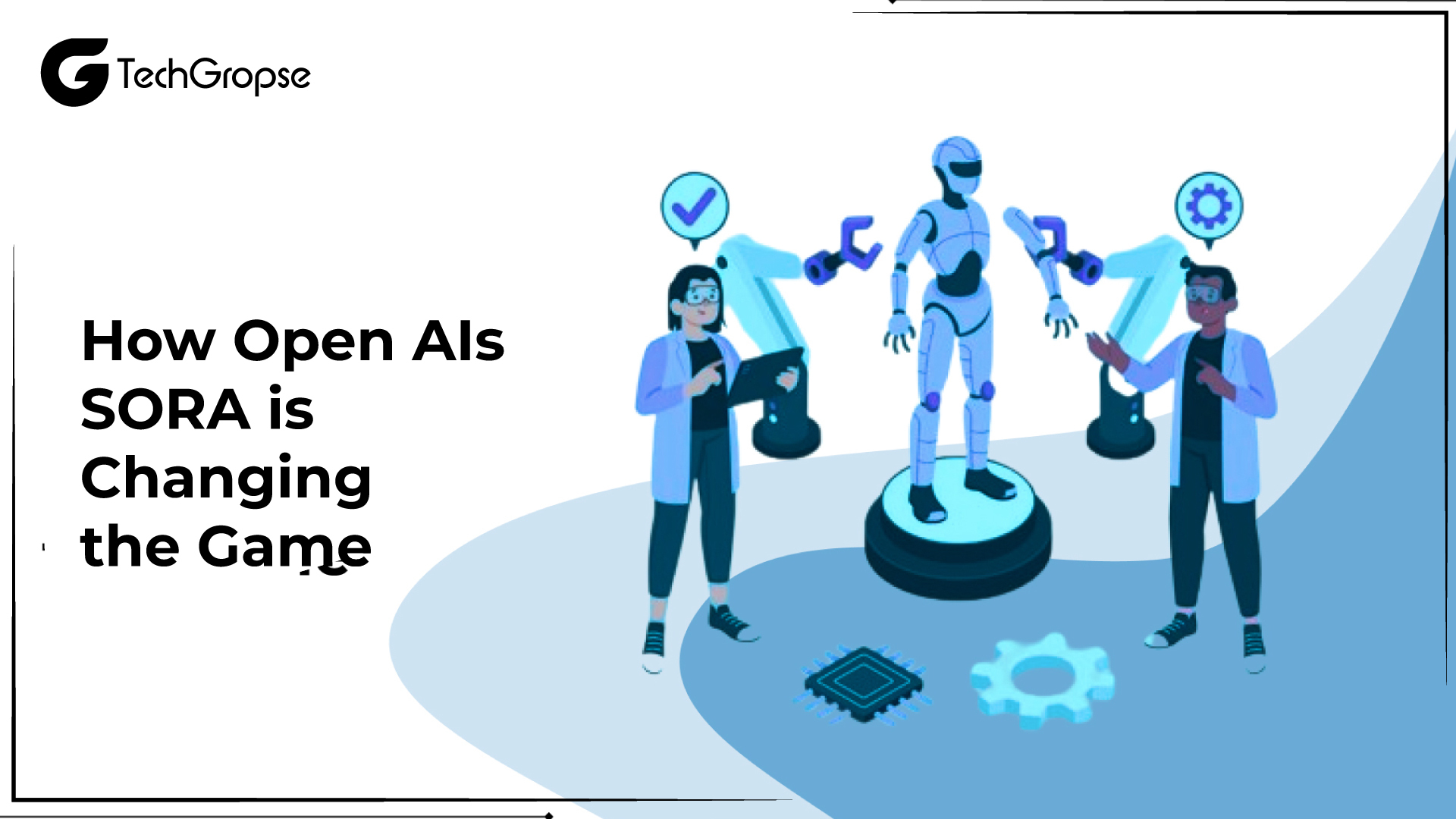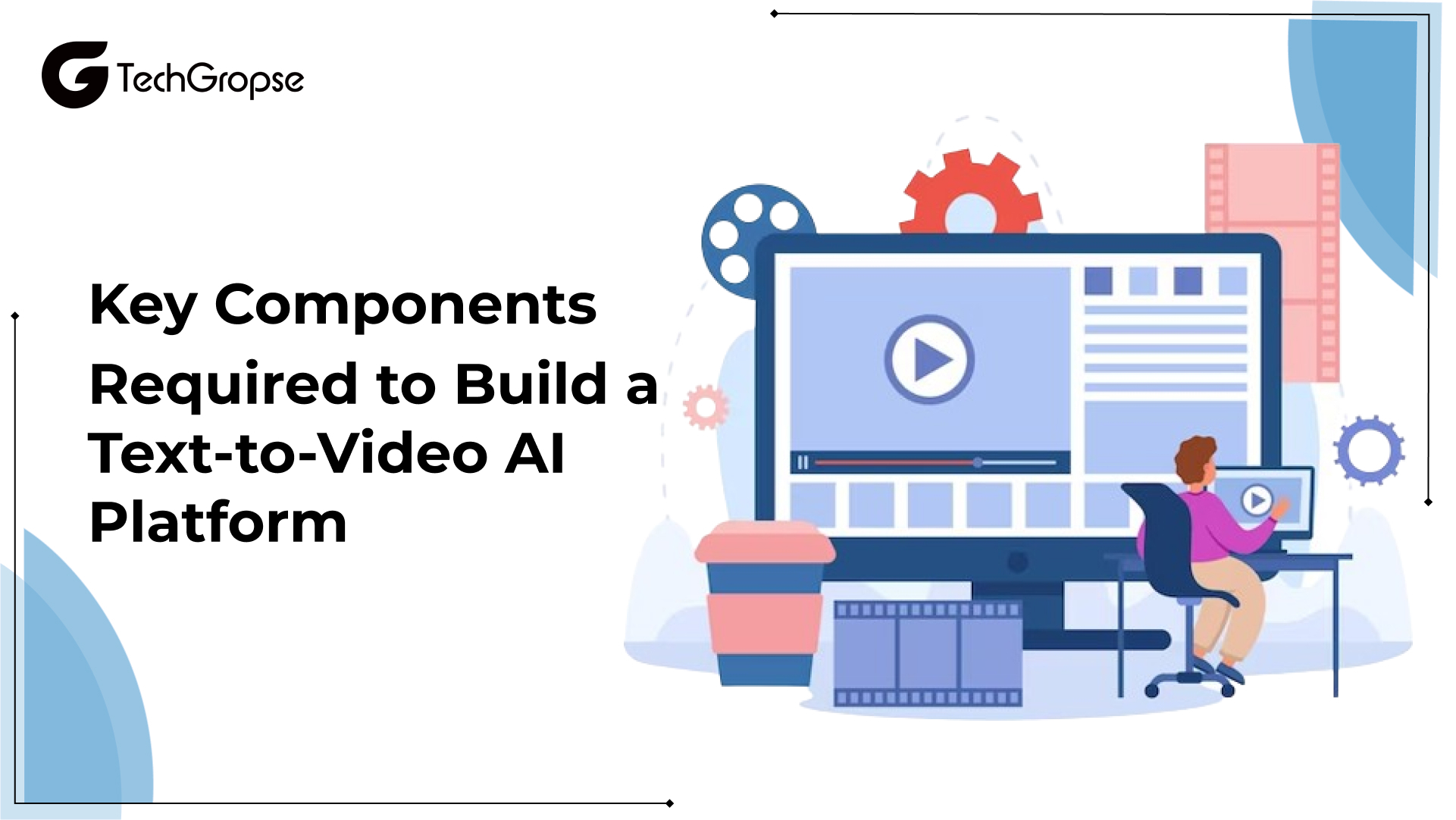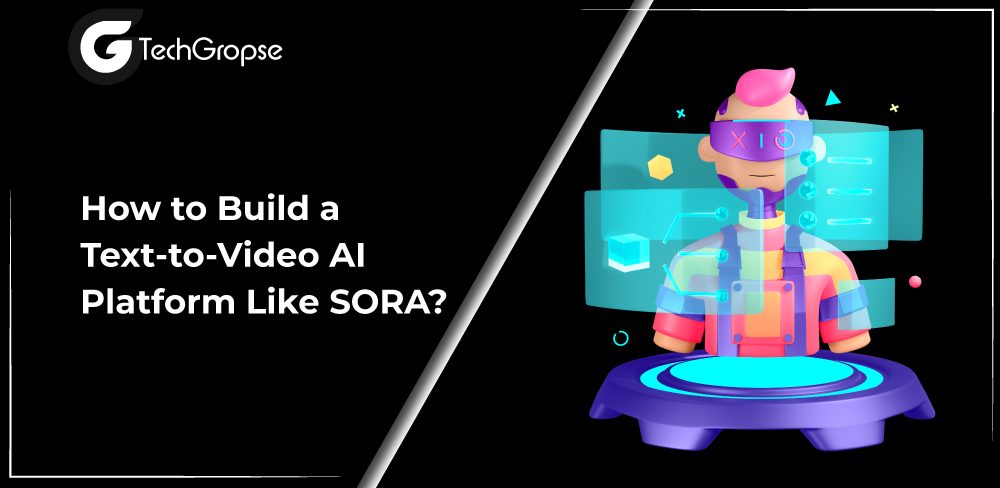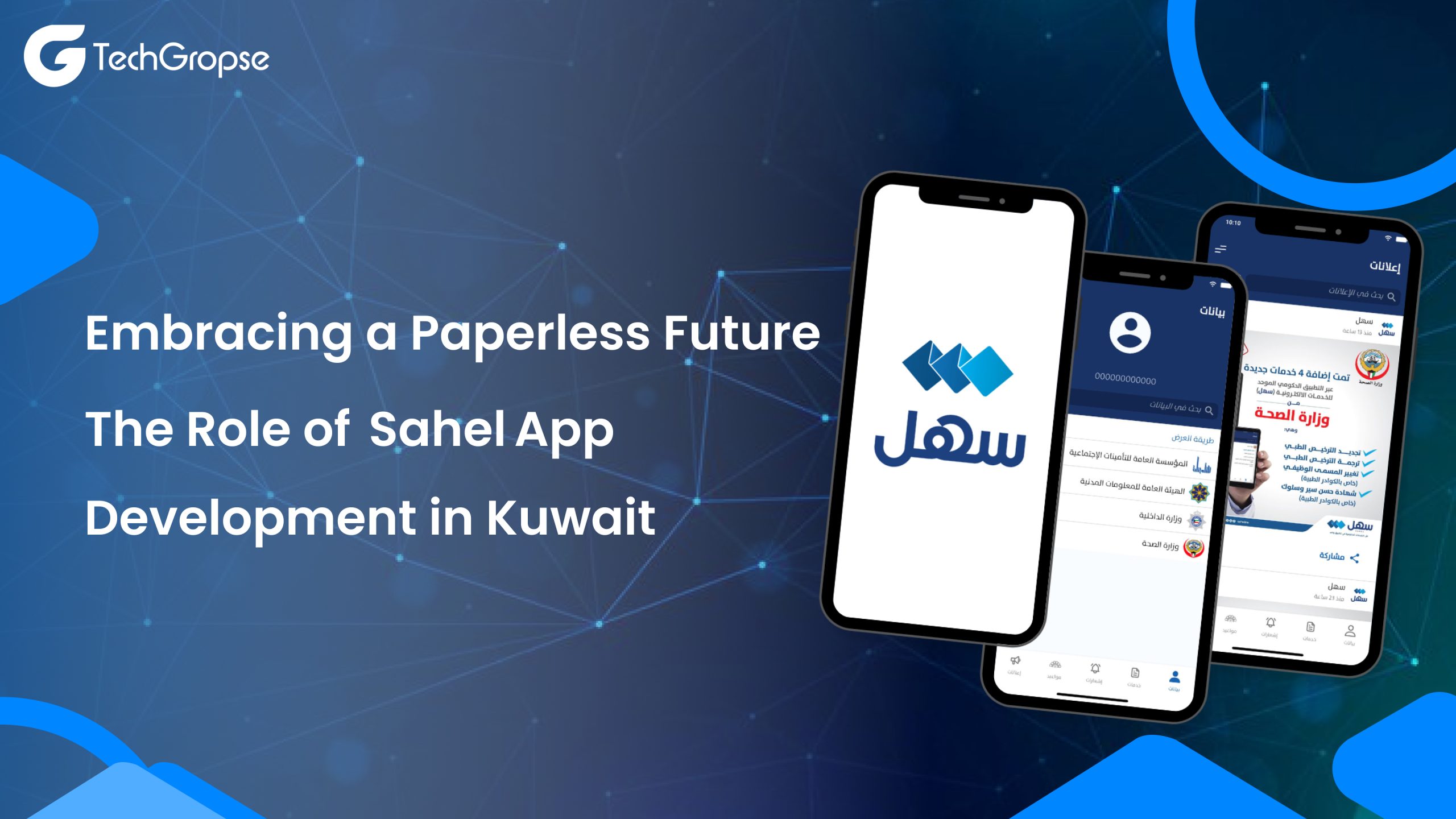SORA transforms text into stunning videos, changing the way of content creation. With seamless integration of AI technology, it’s your virtual filmmaking companion, turning scripts into cinematic wonders effortlessly. Empower your storytelling with a Text-to-video AI platform like SORA where words become dynamic visuals, and imagination knows no bounds. Explore limitless possibilities today.
Let us introduce you to the fantastic Text-to-video AI platform SORA. These innovative platforms utilize artificial intelligence and machine learning algorithms to convert text-based content into engaging videos seamlessly.
So, imagine this: You are sitting at your computer, staring at a blank screen, trying to create a killer video idea.
Sound familiar?
Well, that is where the SORA AI platform comes in. It is like having your video wizard!
You just type in your ideas. SORA works its magic and turns them into awesome videos. It’s easy to use, even if you are not a tech expert.
Whether you are a business owner looking to spice up your marketing or a student wanting to jazz up a presentation, SORA has your back. No more stressing about complicated editing software or spending hours trying to get your video right.
Say goodbye to boring text and hello to dynamic video content that wows. So, what are you waiting for? Let’s boost your creativity and make some magic with SORA!
In this post, we’ll explore the key components and strategies involved in “how to build a text-to-video AI platform like SORA.”
Overview of the SORA AI Tool
In 2023, new AI technology like GPT started being used a lot for making stuff and selling things. Some other companies, like Claude and Aplaca, also used this tech to make money.
Looking ahead to 2024 and beyond, businesses can figure out if they want to spend money on making their SORA-like AI platform by learning about how it works and how much it costs.
On February 15th, 2024, OpenAI introduced Sora, a new thing that turns words into videos using AI. People are excited about it because it makes text come to life in videos.
Ready to see your words come alive? Get ready to be amazed by the possibilities with a text-to-video AI platform like SORA.
Look at the AI Video Generator Market Size & Trends
Before diving into the technical factors to build a text-to-video AI platform, it’s crucial to gain a comprehensive understanding of the market landscape.
Analyzing existing video AI tools like SORA can provide valuable insights into consumer preferences
People love watching videos online, and it’s becoming more popular for businesses to use videos to communicate with their customers.
With faster internet and lots of people using social media, more mobile app development company are using video generators to make amazing videos for their audiences.
A Closer Look at How SORA Works
Sora simplifies the process of creating high-quality videos from text, empowering users to express their ideas creatively and effectively.
It works its charm through the power of artificial intelligence (AI) and advanced algorithms. Here’s how it all comes together:
- Input Text: You start by inputting your text into SORA. It could be anything from a blog post, a script, or even a simple sentence.
- Natural Language Processing (NLP): SORA then uses NLP technology to analyze and understand the meaning behind your text. It identifies key phrases, sentiments, and themes to inform the video creation process.
- Visual Generation: Next, SORA transforms your text into visual elements like scenes, graphics, and animations. It selects relevant images, creates transitions, and designs layouts to bring your words to life.
- Audio Integration: SORA enhances the video with audio elements, including background music, voiceovers, and sound effects. It adds depth and emotion to your content, making it more engaging for viewers.
- Preview and Editing: Once the video is generated, you have the opportunity to preview and fine-tune it using Sora’s intuitive editing tools. You can adjust timings, add captions, and customize visual effects to ensure the final result meets your expectations.
- Export and Share: Finally, SORA allows you to export your video in various formats and share it across different platforms. Whether it’s social media, your website, or a presentation, Sora makes it easy to distribute your content and reach your audience.
Understanding the Technology Behind SORAs AI Platform
Moreover, training SORA necessitates vast datasets of text-image and video pairs. These extensive datasets play a crucial role in enhancing the quality of Sora’s outputs, ensuring they align closely with the intended content.
There is a fresh take on the explanation:
1. Diffusion Model
Sora operates on a diffusion model, specifically DALL-E 3, which utilizes a unique technique to generate visuals. This method starts with random noise and gradually refines it, guided by the provided text prompt. Through iterative refinement, Sora learns from the text to introduce relevant elements and eliminate inconsistencies, resulting in visually coherent outputs.
2. Transformer Architecture
Drawing inspiration from successful language models like GPT, Sora employs a transformer architecture. Its sophisticated neural network excels in comprehending intricate relationships within the text, enabling Sora to grasp the connections between words and the visual elements they represent.
8 Steps to Build a Text-to-Video AI Platform Like SORA
By following these steps, you can build text-to-video software like SORA that meets the needs of your target audience and delivers engaging and compelling video content.
Building a text-to-video AI platform like SORA involves several key steps:
1. Conceptualization and Planning:
Define the scope and objectives of your platform. Identify the target audience and the specific features and functionalities you want to offer. Consult with an AI development company that conducts market research to understand the competitive landscape and user needs.
2. Data Collection and Preparation
Gather large datasets of text and corresponding video or image pairs for training your AI models. Ensure the data is diverse, high-quality, and representative of the content you intend to support on your platform. Preprocess the data to clean and normalize it for training.
3. AI Model Development
Develop and train AI models that can effectively convert text inputs into video outputs. Consider using techniques such as natural language processing (NLP) for text understanding and computer vision for visual synthesis. Fine-tune your models iteratively using the collected data to improve performance.
4. Platform Architecture Design
Design the architecture of the text-to-video AI platform, including the backend infrastructure, database schema, and user interface. Choose appropriate technologies and frameworks to support scalability, reliability, and performance.
5. User Interface and Experience Design
Create a user-friendly interface for your platform that allows users to input text, customize video settings, and preview the generated content. You should hire dedicated developer who focuses on providing an intuitive and seamless user experience to enhance engagement.
6. Integration and Testing
Integrate the AI models into your platform and conduct thorough testing to ensure they perform as expected. Test the platform across different devices, browsers, and use cases to identify and address any bugs or issues.
7. Deployment and Launch
Deploy your platform to production servers and make it accessible to users. Develop a marketing strategy to promote your AI video creation platform and attract users. Monitor user feedback and performance metrics post-launch to identify areas for improvement.
8. Continuous Improvement
Continuously update and improve your platform based on user feedback, technological advancements, and changing market trends. Regularly update your AI models with new data and retrain them to maintain high-performance levels.
From Words to Images: How Open AIs SORA is Changing the Game

The text-to-video AI tool developed by OpenAI, known as Sora, boasts several impressive capabilities:
1. High-Quality Video Generation
Sora is capable of generating high-quality videos from textual input. It employs advanced algorithms and deep learning techniques to synthesize visually appealing content that closely aligns with the provided text.
2. Text Understanding and Interpretation
Sora excels in understanding and interpreting textual input. It leverages natural language processing (NLP) algorithms to analyze the semantics and context of the text, enabling it to generate relevant and coherent video content.
3. Customizable Output
Users have the flexibility to customize the output generated by SORA according to their preferences. They can specify parameters such as video length, visual style, and content theme, allowing for personalized and tailored video creations.
4. Multi-Modal Integration
SORA seamlessly integrates text and visual elements to create multi-modal content experiences. It can combine textual information with images, graphics, animations, and other visual assets to enhance the overall presentation.
5. Real-Time Preview and Editing
SORA provides users with real-time preview and editing capabilities, allowing them to visualize and refine the generated video content on the fly. It allows users to make adjustments and iterations until they are satisfied with the final result.
6. Scalability and Efficiency
SORA is designed to scale efficiently, enabling it to handle large volumes of text input and generate video content quickly and reliably. Its scalable architecture ensures smooth performance even under heavy workload conditions.
7. Adaptability to Various Use Cases
SORA is versatile and adaptable to various use cases across different industries and domains. Whether it’s marketing videos, educational content, or social media posts, Sora can cater to diverse needs and requirements.
8. Continual Learning and Improvement
SORA is continuously learning and improving over time. It incorporates feedback from users and updates its models with new data to enhance performance and accuracy, ensuring that it remains at the forefront of text-to-video technology.
Stop Doing Things to Build a Text-to-Video AI Platform Like SORA
When building a text-to-video AI platform like SORA, it’s essential to avoid certain mistakes to ensure its success and effectiveness. Here are some common pitfalls to avoid:
- Neglecting User Experience: Don’t overlook the importance of user experience design. A clunky or confusing interface can prevent users from engaging with your platform. Prioritize intuitive design and user-friendly features to enhance usability.
- Underestimating Data Quality: Ensure that your training data is diverse, representative, and of high quality. Poor-quality or biased data can lead to inaccurate model outputs and diminish the overall effectiveness of your platform.
- Overlooking Privacy and Security: Protect user data and privacy by implementing robust security measures. Encrypt sensitive information, adhere to data protection regulations, and regularly audit your platform for vulnerabilities.
- Ignoring Scalability and Performance: Plan for scalability from the outset to accommodate future growth and increased demand. Optimize platform performance to deliver fast and responsive user experiences, even during peak usage periods.
- Failing to Iterate and Improve: Continuously iterate and improve your platform based on user feedback and evolving technology trends. Failure to adapt to user needs or incorporate advancements in AI technology can result in stagnation and loss of relevance.
- Lack of Transparency and Explainability: Ensure transparency and explainability in your AI models to build trust with users. Provide insights into how your models make decisions and offer explanations for their outputs to enhance credibility and user confidence.
List of the Popular Text-to-Video AI Platforms
| Tool Name | Ratings (Out of 5) | Number of Downloads | Highlight Points |
| DALL-E | 4.5 | 80,000+ | – Advanced image generation – Text-to-image synthesis – Multi-modal integration |
| Vid2vid | 4.3 | 60,000+ | – Video-to-video translation – Customizable video styles – Realistic output |
| Text2Video.ai | 4.2 | 40,000+ | – Intuitive user interface – Automated video creation – AI-powered content suggestions |
| VideoFlow | 4.0 | 30,000+ | – Drag-and-drop interface – Multi-language support – Pre-designed templates |
| AI Video Maker | 4.2 | 50,000+ | – Easy-to-use interface – AI-powered scene generation – Voiceover capabilities |
| TextVid | 4.1 | 35,000+ | – Text-to-video conversion – Customizable templates – Real-time preview |
Key Components Required to Build a Text-to-Video AI Platform

Building your text-to-video converter AI isn’t just a walk in the park – you’ll need the right tools for the job. From collecting and annotating data to integrating AI models, each component plays a crucial role in bringing your platform to life.
1. Data Collection and Annotation
Data is the lifeblood of any AI platform, and text-to-video AI is no exception. Collecting and annotating data ensures that your platform has a solid foundation to work its magic and create stunning visualizations.
2. Video Generation Tools and Libraries
Creating videos from text requires more than just a sprinkle of fairy dust. Video generation tools and libraries provide the nuts and bolts for turning words into moving images, giving your platform the power to mesmerize your audience.
3. Integration of AI Models for Text Analysis
AI models are the brainpower behind text-to-video AI platforms, analyzing text with lightning speed and precision. By integrating AI models for text analysis, your platform can understand, interpret, and transform text into compelling visual stories.
4. Designing and Developing the User Interface
User interface design is where functionality meets aesthetics, creating an experience that users will love. When building your AI video generator like Synthesia, keep in mind the principles of user experience design and offer customizable options for a tailored user journey.
5. User Experience Design Principles
User experience design isn’t just about making things look pretty – it’s about creating a seamless and intuitive experience for your users. By following design principles like simplicity, consistency, and clarity, you can ensure that your platform is a joy to use.
6. Customization Options for Users
One size doesn’t fit all, especially when it comes to user preferences. Offering customization options allows users to tailor their experience, whether it’s choosing video styles, adding personal touches, or adjusting settings to suit their needs.
How Does the Cost to Build a Text-to-video AI Platform Like SORA
Here’s an approximate breakdown of the costs involved in building a text-to-video AI platform like SORA:
| Expense Category | Description | Estimated Cost |
| Research and Planning | Market research, feasibility studies, and project planning | $10,000 – $20,000 |
| Data Acquisition | Purchase or collection of text-image/video datasets | $5,000 – $15,000 |
| Infrastructure | Cloud computing services, servers, and storage | $20,000 – $50,000 per year |
| AI Model Development | Hiring AI engineers, data scientists, and model training | $50,000 – $100,000 |
| Platform Development | Software development, UI/UX design, and testing | $50,000 – $150,000 |
| Licensing and Legal | Intellectual property rights, licenses, and legal fees | $10,000 – $30,000 |
| Marketing and Launch | Promotion, advertising, and launch event expenses | $20,000 – $50,000 |
| Maintenance and Support | Ongoing maintenance, updates, and customer support | $10,000 – $30,000 per year |
| Contingency | Miscellaneous expenses and unforeseen costs | $10,000 – $20,000 |
These costs are estimates and may vary depending on factors such as the scale of the platform, complexity of features, geographic location, and specific vendor pricing.
It’s essential to conduct thorough research and budgeting to ensure accurate cost projections for your project.
Future Trends and Potential Applications of Text-to-Video AI Platforms
As we conclude our exploration of building a text-to-video AI platform like SORA, it is clear that the future holds immense potential for this technology.
With advancements in machine learning, natural language processing, and user interface design, text-to-video AI converters are poised to redefine how information is presented and consumed across various industries.
By staying abreast of emerging technologies and harnessing the capabilities of AI, we can look forward to a future where dynamic and personalized video content is just a text away.
FAQ: How to Build a Text-to-Video AI Platform Like SORA
1. What are the essential components needed to build a text-to-video AI platform like SORA?
Building a platform like SORA requires a combination of advanced AI technologies, including natural language processing (NLP) for text understanding, computer vision for visual synthesis, scalable infrastructure for processing large datasets, and an intuitive user interface for interaction.
2. How can I ensure the accuracy and quality of video outputs generated by the AI platform?
Ensuring the accuracy and quality of video outputs involves training AI models with diverse and high-quality datasets, implementing rigorous testing and validation procedures, and continuously refining the models based on user feedback and performance metrics.
3. What are some key challenges to consider when building a text-to-video AI platform?
Challenges may include handling diverse text inputs, maintaining consistency between text and visual elements, optimizing performance and scalability, addressing privacy and security concerns, and staying abreast of advancements in AI technology to remain competitive.
4. How long does it take to develop and deploy a text-to-video AI platform like SORA?
The development timeline can vary depending on factors such as the complexity of features, availability of resources, and level of customization required. Generally, it may take several months to a year or more from conceptualization to deployment.

Hello All,
Aman Mishra has years of experience in the IT industry. His passion for helping people in all aspects of mobile app development. Therefore, He write several blogs that help the readers to get the appropriate information about mobile app development trends, technology, and many other aspects.In addition to providing mobile app development services in USA, he also provides maintenance & support services for businesses of all sizes. He tried to solve all their readers’ queries and ensure that the given information would be helpful for them.











